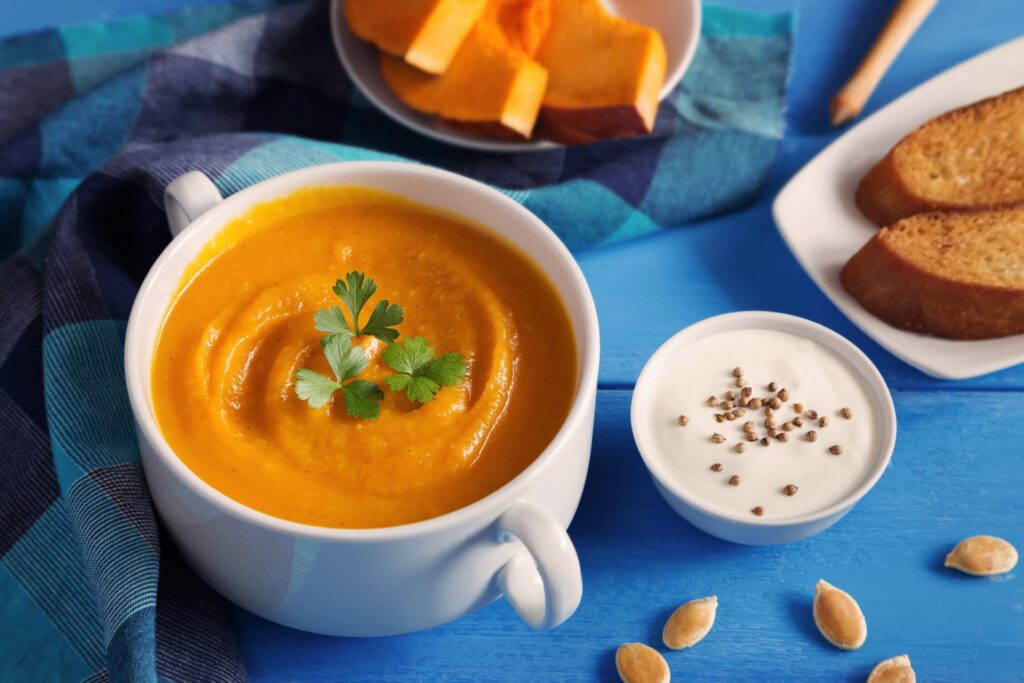
Eating can become more complicated as people age. Not only do appetite and ability to taste often decrease, but seniors may also suffer from dysphagia, where swallowing becomes difficult. Other seniors may experience issues with chewing instead, especially if they have few or no remaining teeth.
Soft food is sometimes the answer, especially if it has been well-cooked and chopped into small pieces. However, sometimes you need to turn to pureed food for seniors instead.
In this post, we’re covering pureed food from two angles.
First, we’re talking about ways you can make pureed food appealing. This is crucial, as no one wants to feel like they’re eating baby food.
Then, we’ll talk about specific recipes, ones that are designed for adults rather than babies.
How To Make Pureed Food Appealing
One of the biggest issues with pureed food is that seniors often simply don’t want it. It’s easy to see why too, as meals often just look like piles of colored sludge or a bowl of baby food.
Some seniors end up malnourished by being unwilling to eat pureed food or by consuming very little of it. Others take a risk on regular food, even when doing so means they might choke.
Thankfully, there are ways to make pureed food into something seniors actually want to eat.
Shape The Food
Many soft and pureed recipes have enough structure that you can form them into shapes. With a piping bag and a little creativity, you can create a plate of food that kind of looks like it is meant to.
You can also find pureed food molds to help you get the food in an appropriate shape. For example, there’s this mold for spinach and this one for chicken legs (the chicken leg one is also helpful for plant-based meat).
Putting effort into appearance can make a big difference. After all, most of us get pleasure from the appearance of food as well as its flavor (just look at the insane number of Instagram food photos). Why should seniors have to miss out on this aspect of eating?
Focus On Flavor
Flavor is one of the big reasons that we enjoy the foods we do. Making flavorful foods matters even more to seniors, as their sense of taste often decreases with age.
Salt, pepper, herbs, and spices are all helpful for improving the flavor of pureed food. You can also experiment with adding small amounts of premade sauces and soups to some recipes. These ingredients provide extra flavor and help with the consistency.
Some flavoring ingredients will be better than others, depending on the senior’s dietary requirements. Many need to keep salt intake low, so you may need to focus on salt-free seasonings.
Remember to taste the food yourself. If you don’t enjoy the flavor, there’s a good chance that the senior won’t either.
Get The Right Thickness
Some pureed foods end up too thick or too runny. It should be thick enough that it can be easily picked up with a spoon, but will also easily come off the spoon when it is your loved one’s mouth.
If the food is too thick, you’ll need something to thin it out, like the following ingredients:
- Water. Doesn’t add any calories, but can dilute the flavor of the meal.
- Fruit syrup. This is useful for sweet recipes, although it can contain a decent amount of sugar.
- Cream. If the fat and calorie content of cream is suitable, then this is a wonderful way to make meals more decadent.
- Milk. Milk can be helpful too, especially for creamy recipes.
- Meat or vegetable stock. Stocks add flavor back into the meal, which is crucial for making the food taste good.
Other times, you might need to thicken the food instead. Potato flakes, cornstarch, or arrowroot powder can all work well here. Protein powder can also be helpful, especially as it provides extra protein (however, this won’t work for all seniors, so check with their doctor).
Don’t Forget About Desserts
It’s tempting to focus just on healthy food when you’re worried about a senior’s health. Yet, doing so often isn’t wise. Only offering healthy food can make their diet feel far too restrictive, which may then decrease adherence or lower mood.
Besides, we all need treats from time to time. Plenty of dessert options already easily fit onto a pureed diet, like chocolate mousse, custard, and yogurt.
Delicious Pureed Food Recipes for Seniors
Before we dig into the recipes, you will need a decent food processor (like this one). You can use a blender in a pinch, but a food processor gives you a better and more consistent puree texture.
Pureeing food is as simple as adding your food to a blender, often with some type of liquid and perhaps a thickening agent (depending on how soft and liquid your food was to begin with). While many foods can be pureed, it’s best to avoid tough, stringy, or hard ingredients.
Spiced Pumpkin Puree with Carrot
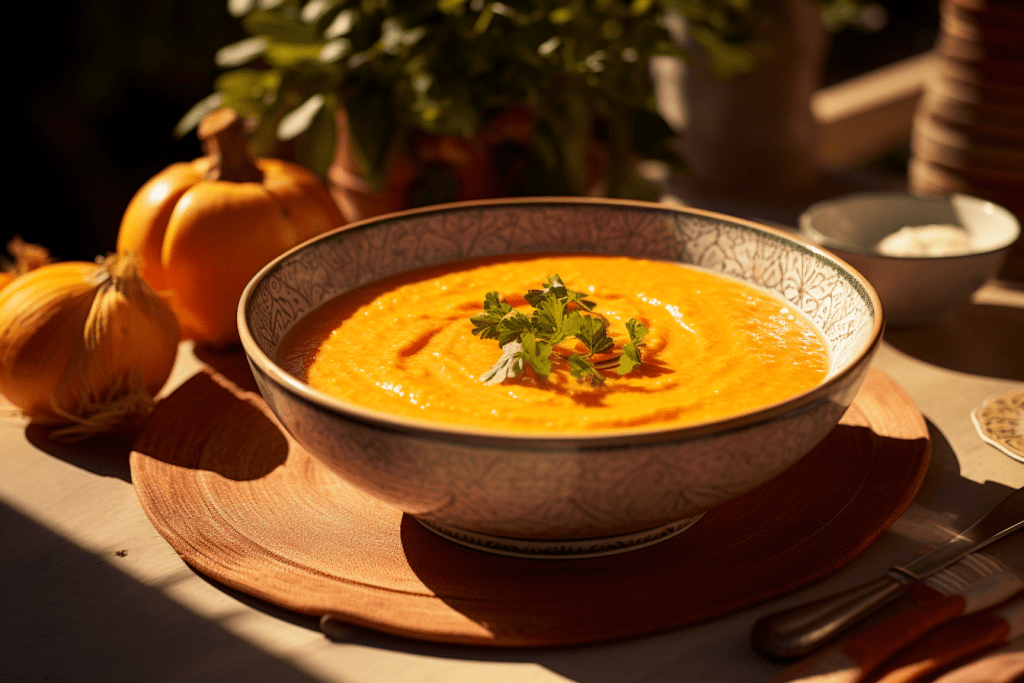
This Spiced Pumpkin Puree with Carrot was created to be a delicious side dish for regular eaters, so you know it will taste amazing. The recipe includes plenty of spices, like ginger, garlic, and turmeric, to get the flavor right where you want it.
This could also be a good recipe for a low sodium diet, as it only includes a tiny amount of salt. That salt could even be skipped, given that there are plenty of other sources of flavor.
Pureed Classic Egg Salad
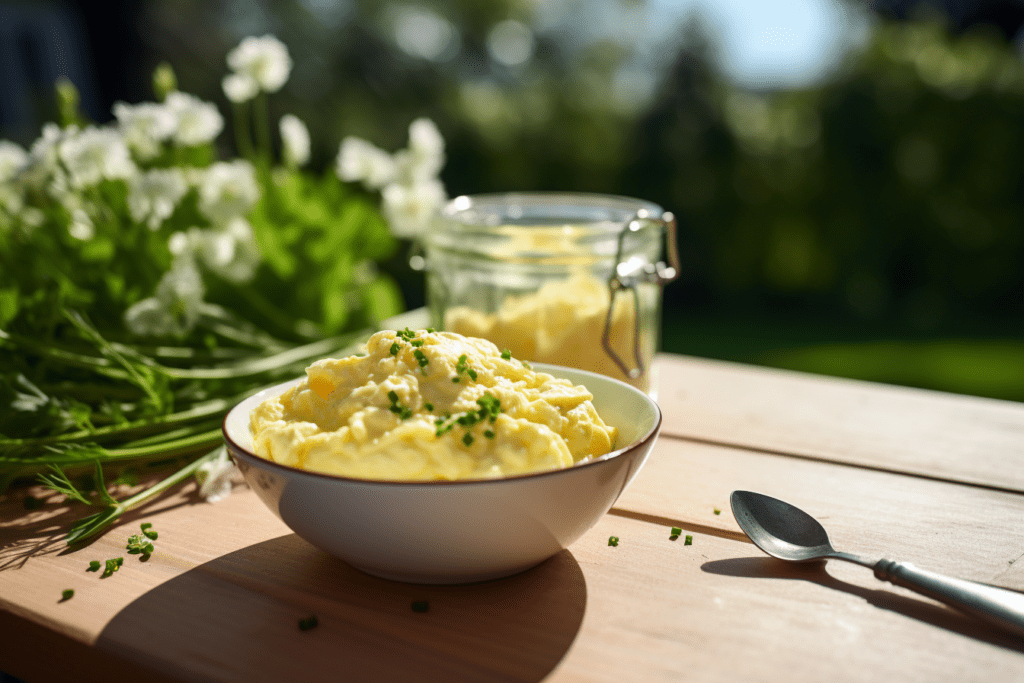
This recipe was developed for patients who have been through weight loss surgery and are now in the pureed food stage of recovery. While such meals aren’t designed for seniors with dysphagia, many are suitable (just be sure to check with the senior’s doctor about their requirements).
The Pureed Classic Egg Salad is a stunning idea, as eggs are an easy source of protein and nutrients. Seniors might also be less resistant to a dish like this, given that even regular egg dishes are often soft.
Baba Ghanouj
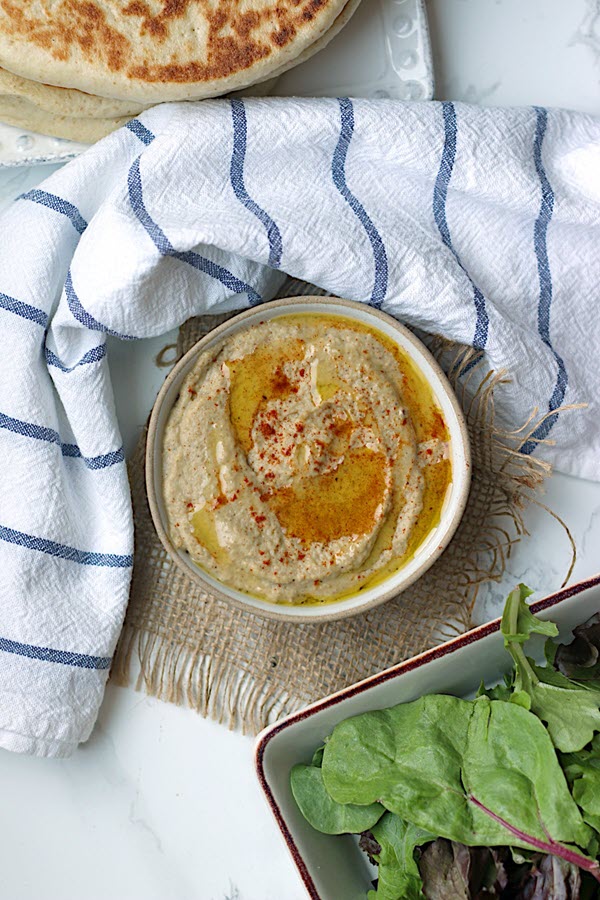
Baba Ghanouj (also called baba ghanoush) is a roasted eggplant dip that’s generally served with pita or vegetables. However, the texture means that this dip can easily work as a pureed meal for a senior.
The eggplant flavor in the dip is surprisingly mild – so much so that even eggplant haters may find themselves enjoying the dip.
The most crucial thing here is that only the dip itself is suitable for a pureed food diet and seniors would need to eat it with a spoon. Anything normally served with the dip is going to be too tough for the senior.
Carrot, Swede, and Potato Puree
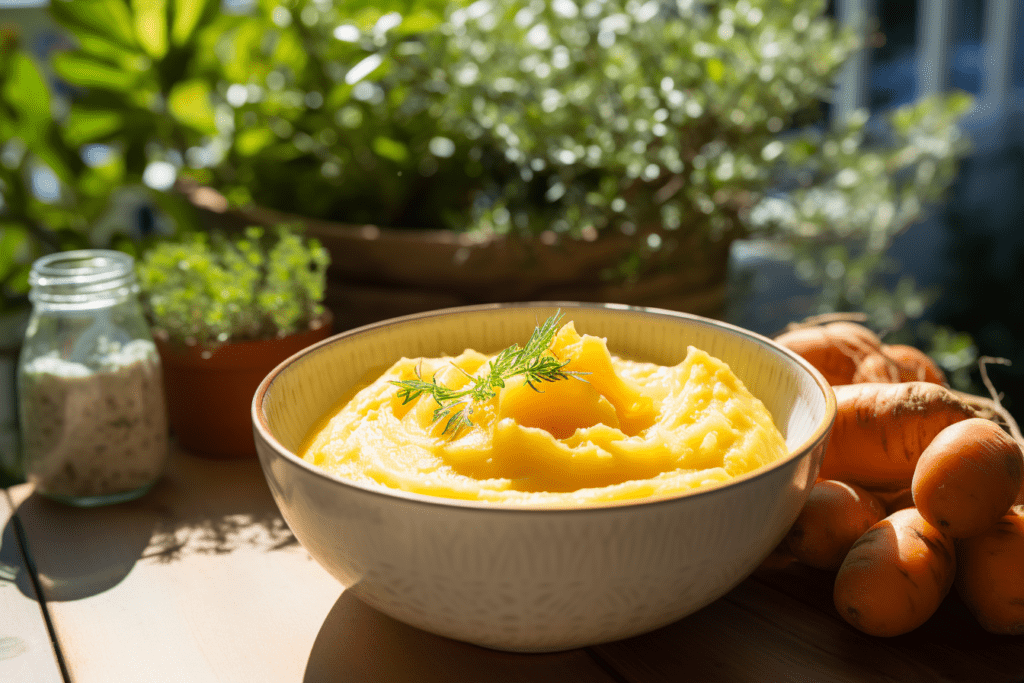
This Carrot, Swede, and Potato Puree is another vegetable-based pureed dish that’s certain to be popular. It’s a little different than other recipes from this list, as it just relies on vegetables and butter, rather than salt and spices.
If the dish feels too plain as written, you could easily add your own herbs and spices to the mix.
Cauliflower Puree with Thyme
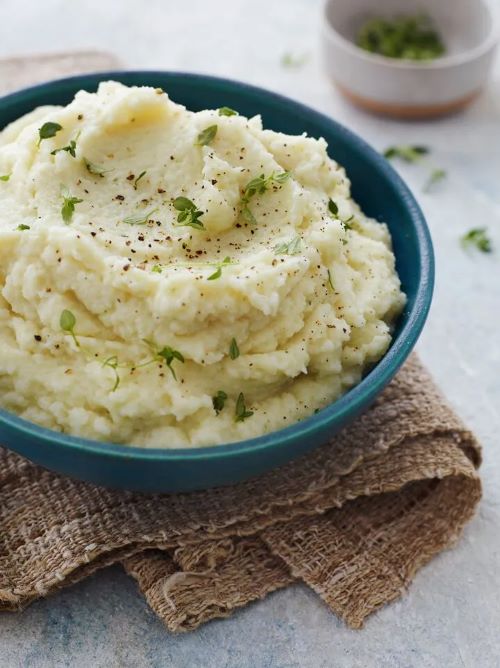
This Cauliflower Puree with Thyme is a nice and simple side dish with just a handful of ingredients. However, it is more flavorful than you might expect, as the recipe relies on chicken broth rather than water as the liquid.
This dish would be a great alternative to pureed potatoes, especially for people who are watching their carb intake. Even if that’s not the case – potatoes get boring after a while. Why not try something different?
Pureed Beef with Pumpkin
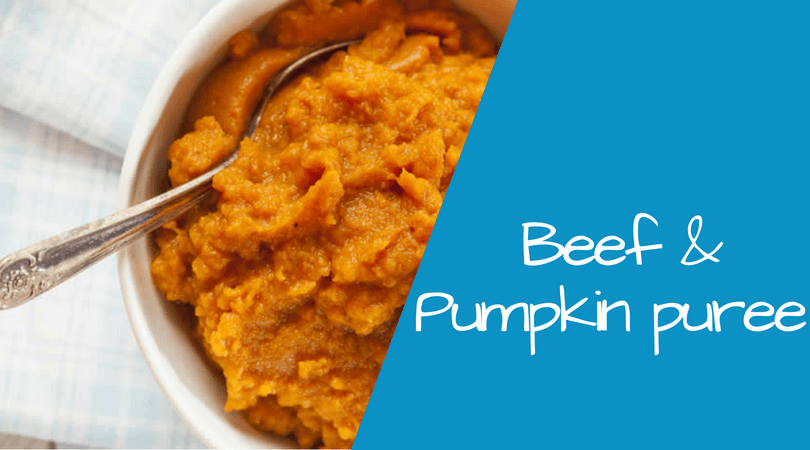
We’ve mostly been talking about vegetable recipes, but what about something like this Pureed Beef with Pumpkin? The inclusion of beef dramatically increases the protein content, making this a filling dish.
Plus, pureed beef on its own can be pretty unappetizing. Mixing it with pumpkin is a great way to make the meat more appealing and increase the chance that the senior eats it.
Fava Bean Puree
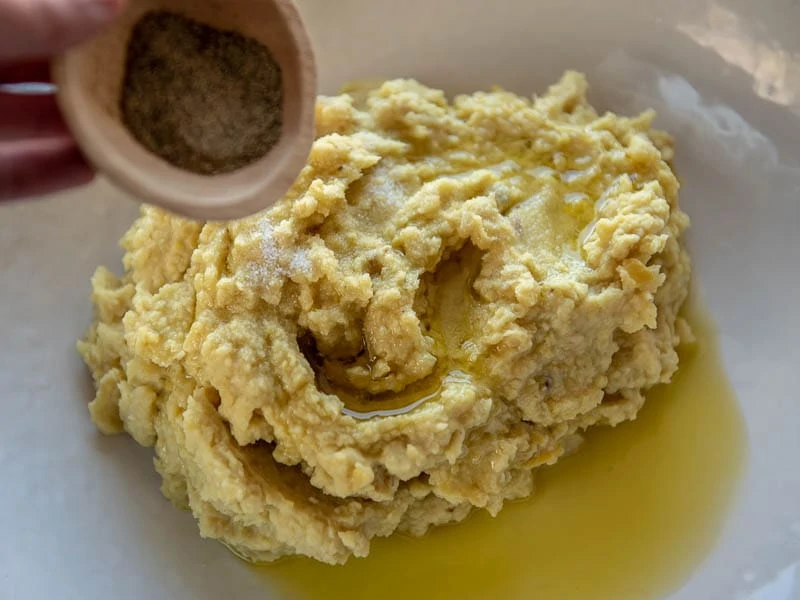
This dish also goes by the name Pure di Fave e Cicore and is an Italian antipasti dish. The puree tastes best when you use high quality olive oil, as some of the oil’s nuances make their way through into the dish.
The recipe from A Taste for Travel suggests that the beans should be paired with chicory leaves. While these steamed leaves are soft, they won’t be suitable for seniors who need to only eat pureed foods.
High Protein Strawberry and Avocado Puree
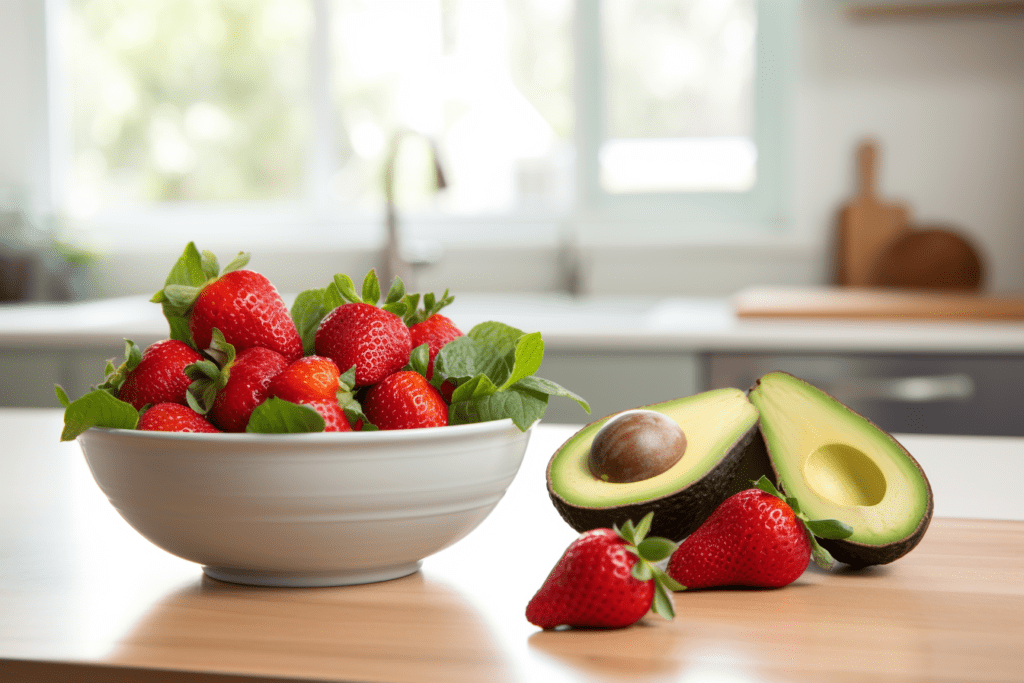
This High Protein Strawberry and Avocado Puree is a fantastic dessert option – one that just relies on four ingredients. The protein content comes from protein powder, which may also provide extra nutrients.
The only limitation is that this is a high calorie puree. As such, you might need to stick with small servings and reserve this as a treat, rather than something to eat too regularly.
Pureed Salmon with Dill and Cream Cheese
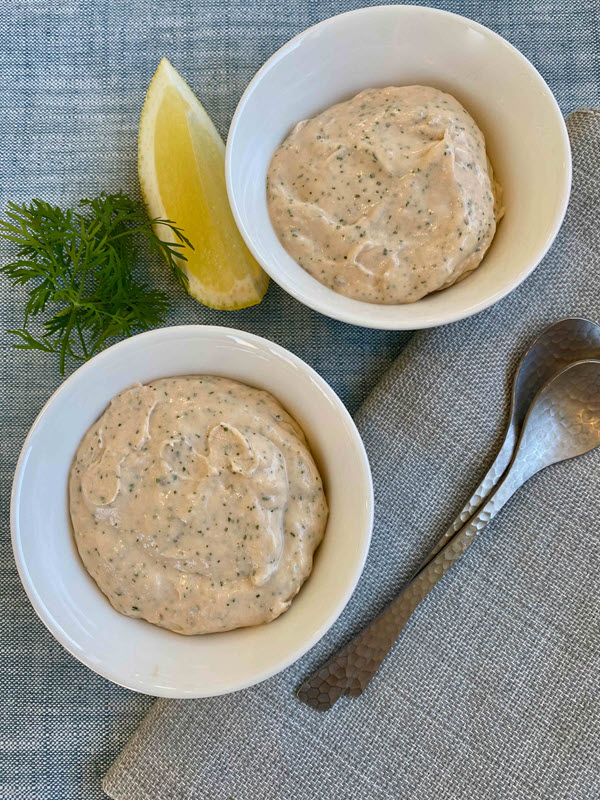
A pureed diet doesn’t mean that seniors need to miss out on their favorite flavors. Recipes like this Pureed Salmon with Dill and Cream Cheese can make mealtime enjoyable once more
The recipe comes from the site Bariatric Bites, which is a fantastic source of pureed food recipes. Their Pear and Ricotta Puree is another example. Not only is this recipe healthy, but it also offers plenty of protein.
Root Veggie Mash With Butternut Squash
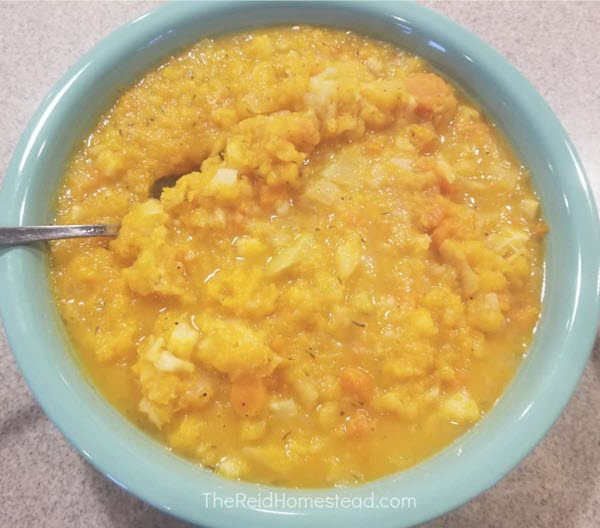
Finally, we have this healthy Root Veggie Mash with Butternut Squash from The Reid Homestead. It’s a flexible recipe, as you can mix up the types of root vegetables you use and the amounts of each. You could even skip butternut squash and choose another type of winter squash.
This recipe is written as a mash and might work for many seniors as it is. Alternatively, you could turn it into a puree without compromising any of the stunning flavors.
Helping Your Parent To Eat
Despite the softness, some aging parents will struggle to swallow pureed food. There are a few approaches you can take that help in this area.
First, make sure the senior is sitting up straight, as this helps the food move through their system easily.
Small bites and slow eating make a big difference as well. You might encourage this by offering a small spoon. Having small sips of water between bites is also helpful. Not only does this help with the pace of their eating, but it means their mouth remains moist and they can chew their food more easily.
When Is Pureed Food for Seniors Needed?
You’ll normally take a stepwise approach with seniors and food.
So, if they start having difficulty with regular meals, you might first turn to soft meat and well-cooked vegetables. If this isn’t enough, you could look at soft foods for people with no teeth. These foods are softer still and require little chewing.
If eating is remains difficult, pureed foods are the next logical step.
However, it’s important to talk to the senior’s doctor as you work through this process – as there are other factors to consider. For example, pureed foods may not be suitable for seniors with some swallowing issues and could lead to choking.
Talking to the doctor is crucial when seniors have dysphagia, as there are often considerable requirements for food consistency to ensure the senior can eat it safely.
Dysphagia requirements can also vary between people. For example, some seniors may require pureed solids and thin liquids, while others may require thickened liquids but be okay with soft regular food. A professional will best be able to determine how your loved one’s diet should be structured.
You’re likely to consult a professional multiple times, as the type of food needed may change over time. For example, a senior recovering from a health issue might only need to be on a pureed food diet for a little while. In contrast, seniors with degenerative conditions may never return to eating solid food.
Can You Use Baby Food?
Finally, what about baby food?
Despite being a convenient solution, baby food doesn’t work well. For one thing, it isn’t formulated for seniors, so it doesn’t provide all the nutrients they need.
That’s not all. Baby food tends to be bland, as it is made for a baby’s palate. This makes it even more boring than regular pureed foods for seniors.
That said, baby food can sometimes be mixed into senior pureed food recipes to help with texture or to provide some sweetness.

Leave a Reply